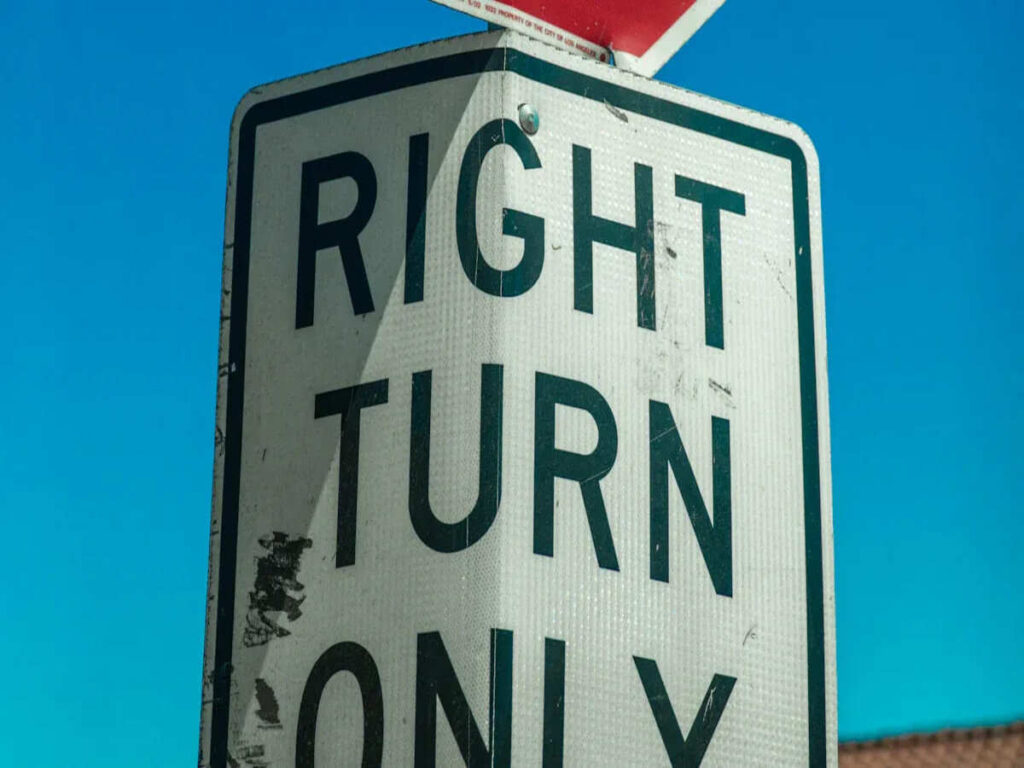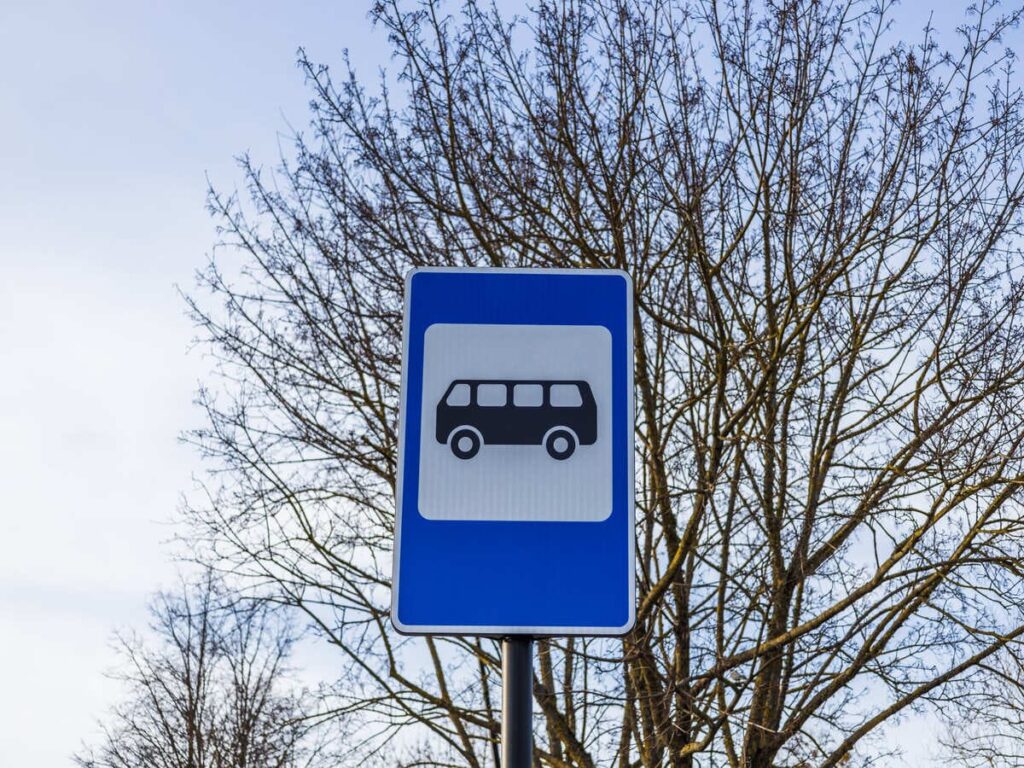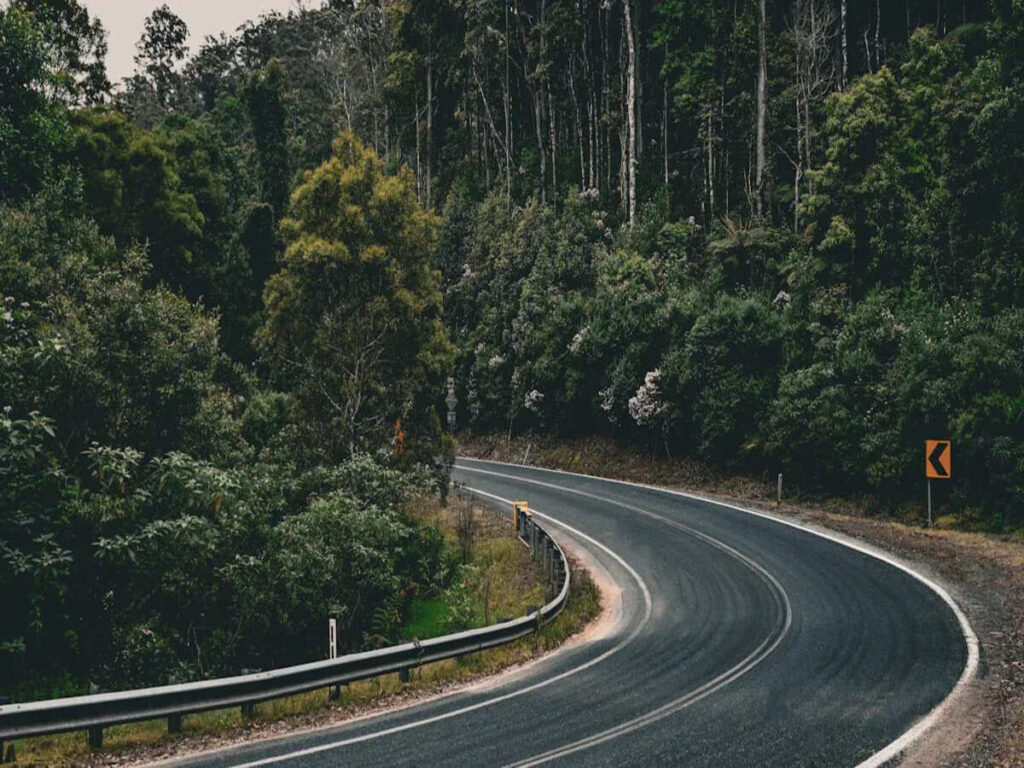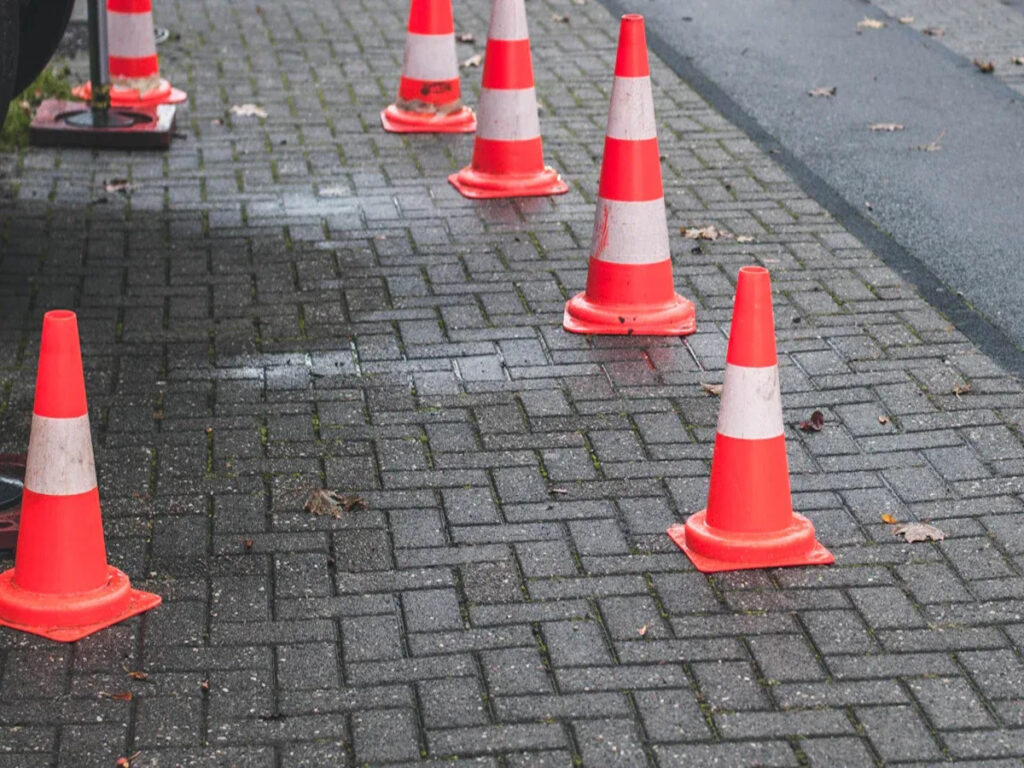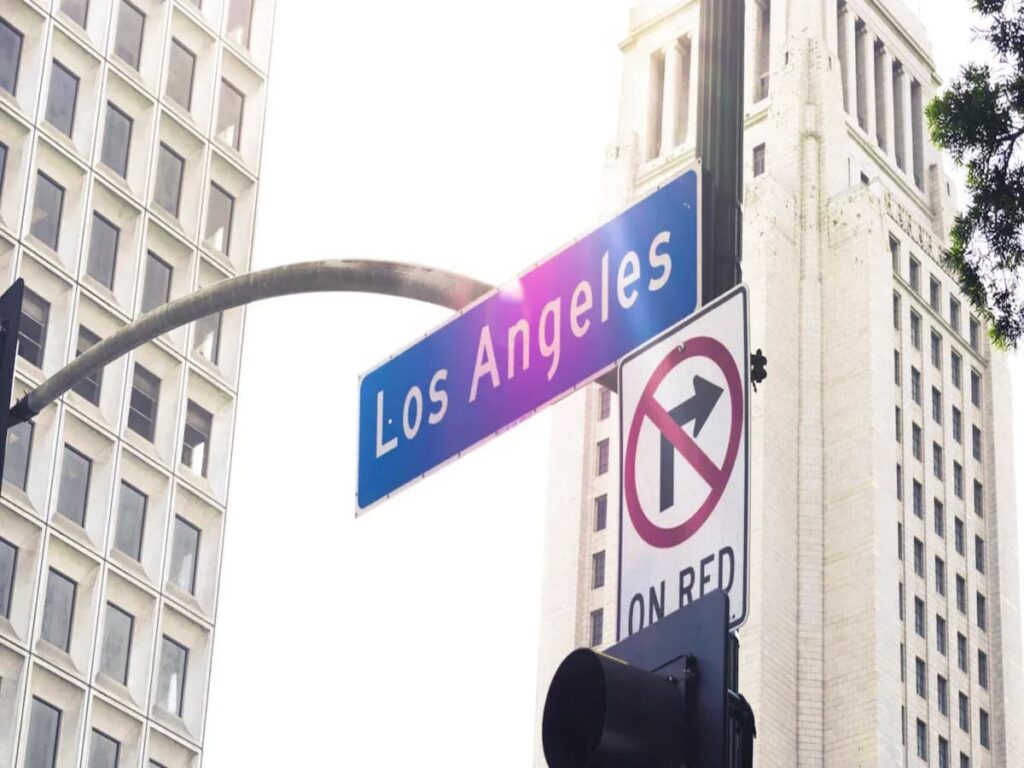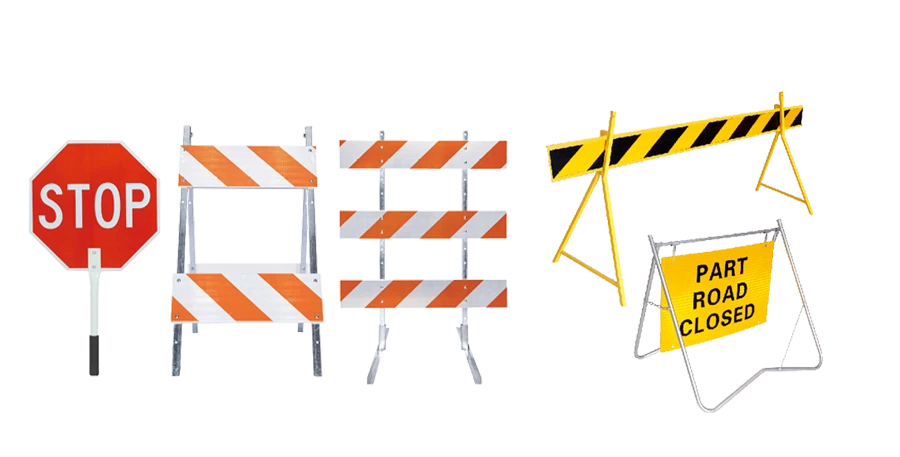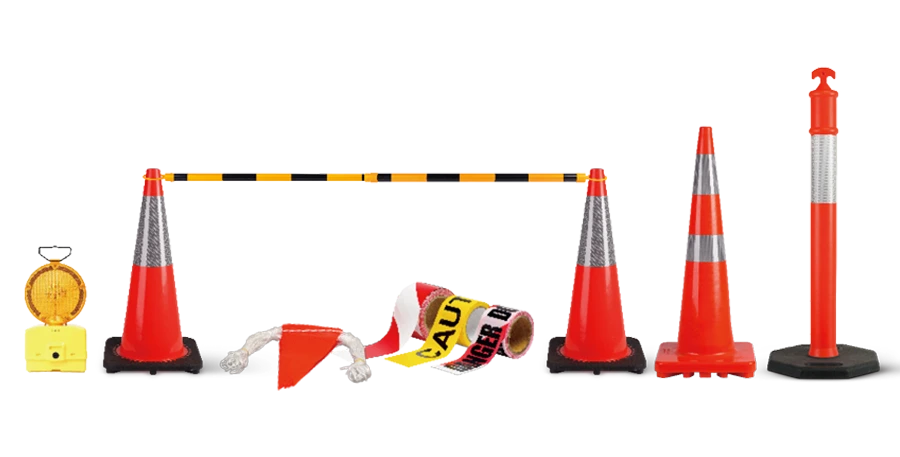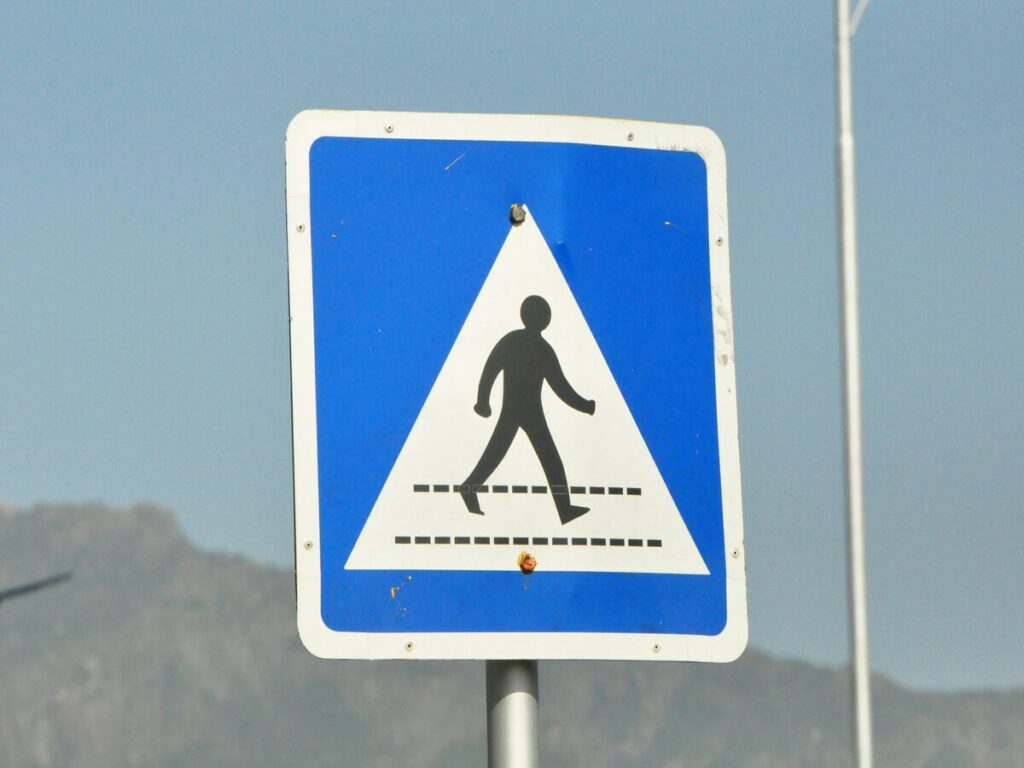
프레임 및 교통 부호 괄호는 교통 표지의 안정성을 유지하는 데 중요합니다.. 그들은 규정을 준수하면서 도로 표지판을 안전하게 설치하는 데 도움이됩니다.. 교수형 표지판에는 효과적인 디자인이 제대로 작동하고 가시성을 보장해야합니다.. 야외 교수형 표지판, 맞춤 옵션을 포함합니다, 내구성을 위해 강력한 괄호가 필요합니다. 보행자 지역 또는 전문 응용 프로그램을위한 표지판이 세심한 설정을 요구합니다.. 이러한 구성 요소를 이해하면 다양한 요구를 충족시키는 야외 시스템을 만드는 데 도움이됩니다..
Optraffic은 모든 교통 표지판 및 사인 프레임을 제공합니다. 표준 및 사용자 정의 응용 프로그램을 위해 구축되었습니다. 보행자 구역에 표시를 장착할지 여부, 높은 교통 교차로, 또는 임시 설정, 삼투래의 교통 안전 제품은 내구성을 제공합니다, 규정 준수, 그리고 간판을 명확하게하기 위해서는 다양성이 필요했습니다, 안전한, 그리고 오래 지속됩니다.
주요 테이크 아웃
- 프레임과 괄호. 악천후를 처리 할 수 있도록 강한 재료를 사용하십시오.
- 교통 표지는 올바른 높이와 각도 여야합니다.. 규칙을 따라 운전자가 쉽게 볼 수있는 곳에 배치하십시오..
- 교통 표지판이 종종 사고가 발생하지 않도록 확인하십시오. 녹을 찾으십시오, 느슨한 부분, 또는 계속 작동하는 손상.
- 단기 사용, 빛과 조절 가능한 프레임과 브래킷을 선택하십시오. 설정하기 쉽고 여전히 안정적으로 유지됩니다..
- 기호 사용 방법에 따라 자료를 선택하십시오.. 강한 재료는 더 오래 지속됩니다, 가벼운 사람은 임시 표지판에 효과가 있습니다.
완전한 트래픽 부호 설정을 구성하는 이유?
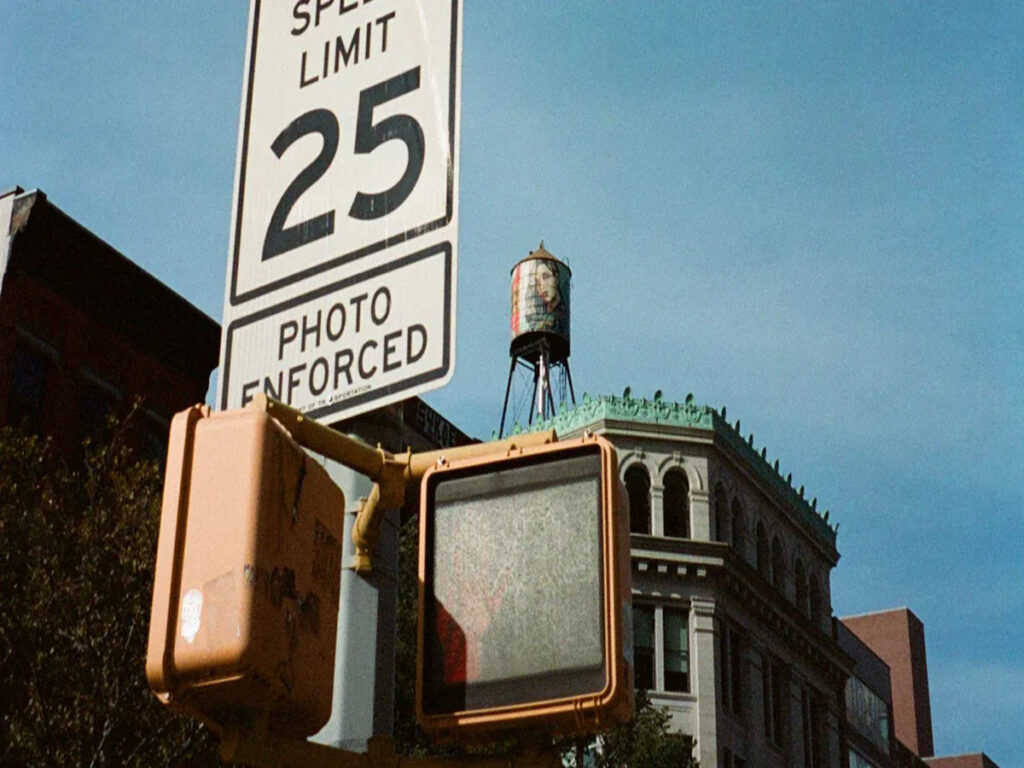
완전한 트래픽 부호 설정에는 안전 및 가시성을위한 중요한 부품이 포함됩니다.. 각 부분에는 시스템이 다른 장소에서 잘 작동하도록하는 특정 작업이 있습니다..
주요 구성 요소 개요
도로 표지판을 올릴 때, 주요 부분을 아는 것이 중요합니다. 이 부분은 단기 및 장기 표시 모두에 대한 강력한 시스템을 만들기 위해 함께 작동합니다.. 다음은 주요 부분을 간단히 살펴 보는 것입니다:
| 요소 | 설명 |
|---|---|
| 서명 얼굴 | 정지와 같은 메시지를 보여줍니다, 우회, 또는 화살표. |
| 액자 | 표시를 안정적으로 유지합니다, 종종 임시 표지판. |
| 까치발 | 사인을 게시물에 첨부합니다, 안정적으로 유지합니다. |
| 극/포스트 | 영구 표시를 지원하기 위해 똑바로 세워집니다. |
일부 징후, 야외 교수형 표지판이나 맞춤형처럼, 특수 프레임과 교통 표지판이 필요합니다. 예를 들어, 교수형 표지판은 종종 강한 교통 기호 괄호를 사용하여 힘든 날씨에 지속됩니다.. 단기 또는 장기 사용 여부, 올바른 부품을 선택하면 시스템이 잘 작동하는 데 도움이됩니다.
다른 도구, 가중 기지 또는 삼각대처럼, 임시 설정에 도움이됩니다. 이 도구는 표지판을 꾸준히 유지하고 더 쉽게 움직입니다.. 야외 표지판, 날씨에 저항하는 재료는 나쁜 조건에서 일을 유지하는 데 중요합니다..
Why Integration Matters
Putting the right parts together is key for a good traffic sign system. When frames, 브래킷, and other parts fit well, the system is safer and stronger. If they don’t match, signs might not stay stable or follow rules.
예를 들어, smart systems that adjust to traffic can cut delays by 60%. This shows why using good-quality parts that work well together is so important. Weatherproof materials and bright designs also make signs safer in bad weather or at night.
Studies show that new tech, 처럼 YOLO-BS model, helps find small signs better. This proves that using advanced parts can improve your system. Whether for hanging signs or permanent ones, a well-matched system is safer and more reliable.
팁: Think about where and how the sign will be used. For outdoor hanging signs, 녹슬지 않고 강한 바람을 처리 할 수있는 재료를 선택하십시오..
부품을 잘 일치시켜, 규칙을 따르는 시스템을 생성하고 더 오래 지속됩니다.. 이렇게하면 수리가 줄어들고 교통 부지 설정이 더 잘 작동합니다..
구성 요소를 응용 프로그램 시나리오와 일치시킵니다
임시 작업 영역
임시 작업 영역에는 이동하기 쉬운 설정이 필요합니다.. 접을 수 있습니다 프레임 빛으로 서명 얼굴 빨리 설정하십시오. 가중 기지 또는 삼각대는 고르지 않은 땅에 징후를 유지합니다.. 이 도구는 근로자가 단기 일자리를 위해 안전하게 트래픽을 안내하는 데 도움이됩니다..
규칙은 임시 표지판을 위해 부품을 선택할 때 신중한 계획이 필요합니다.. 대행사는 같은 그룹과 같은 품질 표준을 따라야합니다 ATSSA. 고속도로 근로자와의 충돌이 상승했기 때문에 이것은 중요합니다. 35% ~에 2015 에게 53% ~에 2020. 강력하고 명확한 부품을 사용하면 위험이 낮아지고 근로자를 안전하게 유지합니다..
팁: Use weatherproof materials for outdoor hanging signs. They last longer in bad weather.
Permanent Street Signage
Permanent signs need tough and durable parts. Extruded blades, strong traffic sign brackets, and steel or aluminum posts make a sturdy system. These materials fight rust and survive harsh weather, perfect for long-term use.
Height and placement rules are important for clear visibility. Follow local laws like mutcd to meet standards. Good placement makes signs easier to see and more effective.
Regular checks keep permanent signs working well. Look for damage to avoid problems. High-quality materials and following rules create a reliable system for long-term traffic control.
Special Event or Emergency Signage
Special events or emergencies need flexible setups. Frames with changeable inserts let you update messages fast. 이 시스템은 퍼레이드에 적합합니다, 축제, 또는 갑작스런 상황.
가벼운 디자인은 이러한 도로 안전 표지판을 쉽게 설정할 수 있도록합니다.. 안정성을 잃지 않고 빠르게 설치할 수 있습니다. 강한 브래킷 움직이거나 부러지는 표지판이 걸지 마십시오.
재사용 가능한 부품은 사람들을 안전하게 지키면서 시간과 비용을 절약합니다.. 이 설정은 임시 행사 중에 군중과 차량을 관리하는 데 도움이됩니다.. 그들은 단기 요구에 대한 현명한 선택입니다.
최고의 프레임과 브래킷을 선택하는 방법
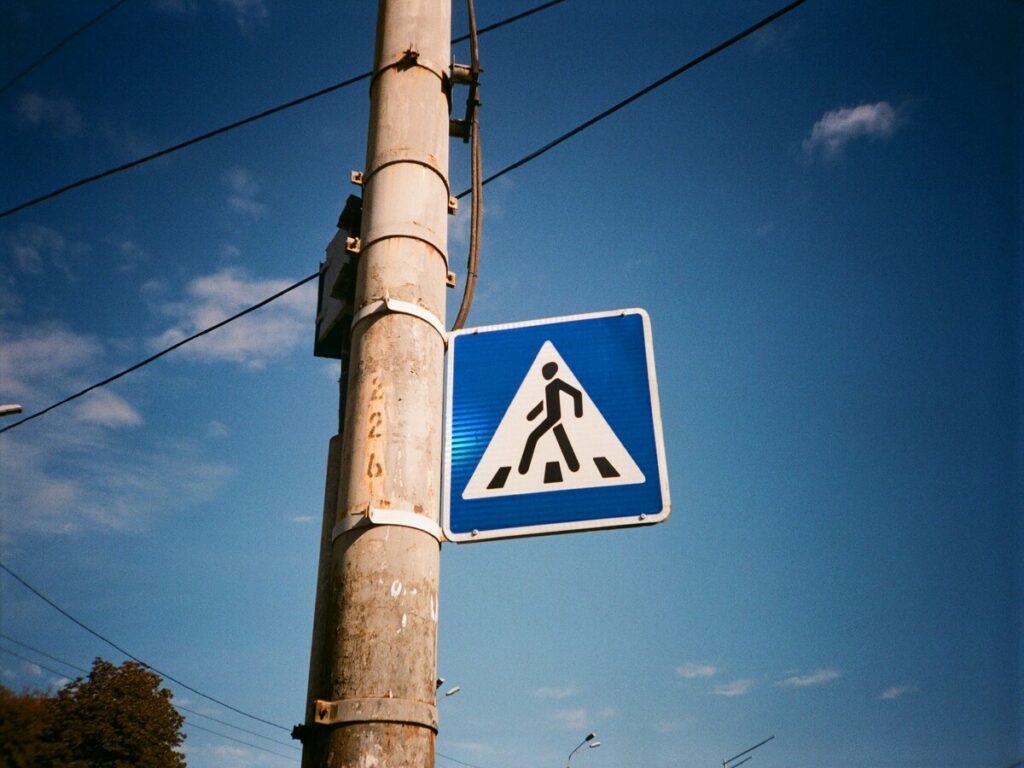
올바른 교통 표지판과 브래킷을 선택하는 것은 매우 중요합니다.. 강력하고 오래 지속되는 교통 표지 시스템을 만드는 데 도움이됩니다.. 각 부분은 안정성과 가시성에 대한 요구에 맞아야합니다.. 현명하게 선택하는 방법은 다음과 같습니다.
크기와 적합
사인 프레임과 브래킷 크기는 부호와 일치해야합니다.. 그들이 맞지 않으면, 표시가 떨어지거나 잘못 설치 될 수 있습니다. Measure the sign face first. Make sure the frame supports it well. Brackets should attach tightly to the pole or post. They also need to match the type of sign blade, like flat or extruded.
For hanging road signs, the fit is even more important. Brackets must hold the sign steady and let it hang straight. Custom hanging signs may need special brackets for unique shapes or sizes. Always check that all parts work together before installing.
팁: Use traffic sign brackets you can adjust. This helps change the height or angle. It makes the sign easier to see and follow local rules.
Wind and Weather
Outdoor weather can affect how your sign works. Strong winds are a big concern. Frames and brackets must handle wind pressure, especially in open areas. 강한 괄호 또는 접지 프레임, 바람이 부는 지점에서 추가 지원을 추가합니다..
교수형 표지판은 바람의 영향을 더 많이받습니다. 그들의 디자인은 너무 많은 움직임을 멈추어야하지만 가시적으로 유지해야합니다.. 바람과 충격에 대해 테스트 된 괄호를 찾으십시오. ISO와 같은 표준 4210-6 그리고 79010 프레임과 괄호가 충분히 강한 지 확인하십시오. 이 테스트는 그들이 깨지지 않고 반복적 인 스트레스를 처리 할 수 있음을 보여줍니다..
메모: 습식 또는 해안 지역에서, 녹슬지 않는 재료를 선택하십시오. 이것은 당신의 표지판을 더 오래 지속시킵니다.
재료와 얼마나 오래 사용되는지
프레임과 브래킷의 재료는 매우 중요합니다.. 단기 사용, 플라스틱 또는 접이식 강철과 같은 가벼운 재료는 가장 잘 작동합니다. 그들은 휴대하고 설치하기 쉽습니다, 임시 직업이나 행사에 적합합니다.
장기 사용을 위해, 알루미늄 또는 녹 방지 금속을 선택하십시오. 이것들은 강하고 날씨가 좋지 않습니다. 교수형 표지판, 특히 맞춤형, 마모를 처리하려면 힘든 재료가 필요합니다.
정적 부하 및 충격 점검과 같은 테스트는 이러한 자료가 신뢰할 수 있음을 증명합니다.. 프레임은 무거운 하중과 갑작스런 타격을 처리하도록 테스트됩니다.. 좋은 재료를 선택한다는 것은 고정이 적고 오래 지속되는 징후를 의미합니다.
팁: 재사용 가능한 사인 프레임 및 교통 사인 괄호는 비용을 절약합니다. 자주 업데이트가 필요한 표시에 적합합니다, 응급 또는 맞춤형 교수형 표지판처럼.
설치 모범 사례
정렬 및 높이 표준
정렬과 높이가 양호합니다. 교통 표지판을 쉽게 볼 수 있습니다.. 교수형 표지판은 안전을 위해 도로 당국의 규칙을 따라야합니다.. 배치가 잘못되면 사고가 발생할 수 있습니다, 특히 매력적인 도로 또는 경사 도로에서.
- 수평 정렬: 커브 오버 3 학위는 충돌 위험을 증가시킵니다. 운전자가 곡선 전에 그들을 볼 수 있도록 일찍 표지판을 놓습니다. 운전자를 명확하게 안내하기 위해 도로와 표지판을 정렬합니다.
- 수직 배치: 언덕의 표시는 충분히 멈추는 거리가 필요합니다. 운전자가 제 시간에 반응 할 수있을 정도로 높은 기호를 설치. 이것은 운전자가 경고 나 방향에 빠르게 응답하는 데 도움이됩니다.
야외 교수형 표지판은 꾸준하고 깨끗하게 유지하려면 괄호가 필요합니다.. 조정 가능한 괄호는 현지 규칙을 충족하기 위해 높이와 각도를 변경하는 데 도움이됩니다.. 가시가 보이도록 설정 후 표시의 위치를 항상 확인하십시오..
팁: 표지판을 설치하기 전에 지역 도로 당국에 규칙에 대해 문의하십시오.. 이를 통해 설정이 합법적이고 안전합니다.
유지 보수 및 검사
정기적 인 치료는 교통 표지판이 잘 작동하고 안전하게 작동합니다. 수표를 건너 뛰면 신호가 부러 질 수 있습니다, 가시성이 좋지 않습니다, 그리고 더 많은 사고. 표지판을 돌보는 것은 그들이 더 잘 일할 수 있도록 도와줍니다.
| 증거 유형 | 설명 |
|---|---|
| 모니터링 | 빠른 점검은 문제를 찾아서 빨리보고합니다. |
| 예방 유지 보수 | 정기 검토는 문제가 발생하기 전에 문제를 중단합니다. |
| 응답 정책 | 중요한 문제에 대한 수리 시간을 설정하십시오. |
| 운영 효율성 | 최소한 시스템을 계속 작동하십시오 90% 시간의. |
교통 표지판 괄호와 프레임이 녹을 확인하십시오, 느슨한 부분, 또는 손상. 실패를 피하기 위해 마모 된 부품을 빠르게 교체하십시오. 교수형 표지판, 괄호가 강하고 표시가 붙어 있는지 확인하십시오..
유지 보수 시스템은 수리 및 장비 기록을 추적합니다. 계획을 세우고 가동 중지 시간을 줄이는 데 도움이됩니다. 정기적 인 치료 일정에 따라 표시가 더 길어지고 사람들이 안전하게 지낼 수 있습니다..
메모: 포스트 캡을 사용하여 물이 녹지 않도록 막으십시오.. 이것은 야외 표지판이 더 오래 지속되는 데 도움이됩니다.
교수형 기호 고려 사항
디자인 및 배치
교수형 표지판을 계획 할 때, 힘과 가시성에 대해 생각하십시오. 당신이 선택한 재료는 표시가 얼마나 오래 지속 될지 결정합니다.. 처리 된 나무와 같은 강한 선택, 코팅 된 금속, 또는 UV 보호 아크릴이 가장 좋습니다. 이 재료는 악천후에 서서 표시를 명확하고 깔끔하게 유지합니다..
당신이 표지판을 넣은 곳도 중요합니다. 현지 규칙을 따르고 필요한 경우 허가를 받으십시오. 표시가 매달려있는 표면과 무게를 확인하십시오.. 강한 표면은 사고를 멈추고 표시를 안정적으로 유지합니다..
표시를 쉽게 볼 수 있도록합니다, 열린 지점에 놓으십시오. 나무 나 극으로 막힌 지역을 피하십시오. 트래픽이라면, 도로와 정렬하십시오. 좋은 배치는 사인을 더 안전하고 유용하게 만듭니다.
팁: 맞춤 표지판을 조정할 수있는 브래킷을 사용하십시오. 이것은 더 나은 가시성을 위해 높이와 각도를 설정하는 데 도움이됩니다..
안전 및 안정성
매달린 기호를 안전하고 안정적으로 유지하는 것은 매우 중요합니다.. 바람과 날씨는 그것이 얼마나 잘 작동하는지에 영향을 줄 수 있습니다. 강한 바람을 처리하기 위해 만든 브래킷과 프레임을 사용하십시오. 강화 된 괄호는 바람이 부는 곳에서 추가 지원을 제공합니다.
설치 중에 표시의 무게와 실외 노출에 대해 생각해보십시오.. 가벼운 표지판이 너무 많이 움직일 수 있습니다, 무거운 하드웨어는 더 강력한 하드웨어가 필요합니다. 보안이 안전한지 확인한 후에 표시의 안정성을 항상 확인하십시오..
야외 표지판, 정기적 인 수표는 필수입니다. 느슨한 부분을 찾으십시오, 녹, 또는 문제를 일으킬 수있는 손상. 사고를 피하기 위해 마모 된 조각을 바로 고정하거나 교체하십시오.. 신경을 쓰는 사인은 더 오래 지속되며 사람들을 안전하게 유지합니다.
메모: 사람이나 자동차를 피할 수있을 정도로 표지판을 높이기. 이것은 사고의 가능성을 낮추고이 지역을 안전하게 유지합니다..
프레임과 브래킷 강력한 교통 표지 시스템의 핵심입니다. 그들은 징후를 안정적으로 유지합니다, 더 쉽게 볼 수 있도록하십시오, 안전 규칙을 따르십시오. 올바른 부분을 선택하면 단기 및 장기 표시가 모두 더 잘 작동합니다.. 교수형 표지판, 힘든 브래킷 그리고 프레임 흔들리는 것을 멈추고 메시지를 깨끗하게 유지하십시오. 표지판을 확인하고 고정하면 종종 문제를 피하고 안전하게 유지합니다.. 좋은 시스템은 더 오래 지속되고 모든 사람에게 도로를 더 안전하게 만듭니다..
프레임 또는 브래킷 중 하나만 선택하는 경우 올바른 적합한 지 확인하십시오.. 우리 블로그 교통 표지판 vs. 괄호: 차이점은 무엇이며 각각을 사용 해야하는시기? 전문가를 분해합니다, 단점, 그리고 두 가지 모두에 대한 가장 좋은 시나리오.
FAQ
교통 표지판 프레임은 무엇을합니까??
프레임은 부호를 안정적이고 제자리에 유지합니다. 사인이 보이도록 도와줍니다, 힘든 야외 날씨에서도. 프레임은 단기 및 장기 설정 모두에 중요합니다.
교통 표지판에 괄호가 중요한 이유는 무엇입니까??
브래킷은 기호를 극이나 구조에 연결합니다. 그들은 표지판을 단호하게 잡고 똑바로 유지합니다. 강한 괄호는 바람이나 진동으로 흔들리는 것을 막는다.
야외 표지판에 가장 적합한 재료?
실외 표지판에 알루미늄 또는 녹 방지 금속과 같은 재료를 사용하십시오.. 이 재료는 더 오래 지속되고 악천후에 강해.
교통 표지를 얼마나 자주 확인 해야하는지?
6 개월마다 표지판을 확인하여 손상이나 녹을 찾으십시오.. 정기 검사는 표지판을 안전하게 유지하고 더 오래 지속하도록 도와줍니다..
프레임과 브래킷을 다시 사용할 수 있습니다?
예, 다른 표지판에 대한 프레임과 괄호를 재사용 할 수 있습니다. 그들은 새로운 표시를 쉽게 장착하여 임시 설정에 적합하며 비용을 절약합니다..

